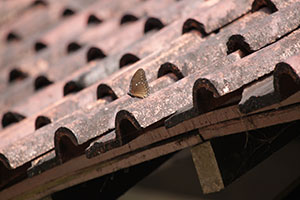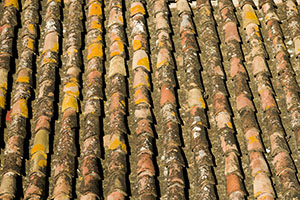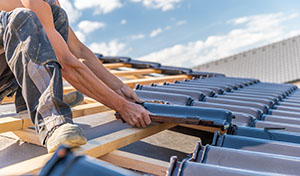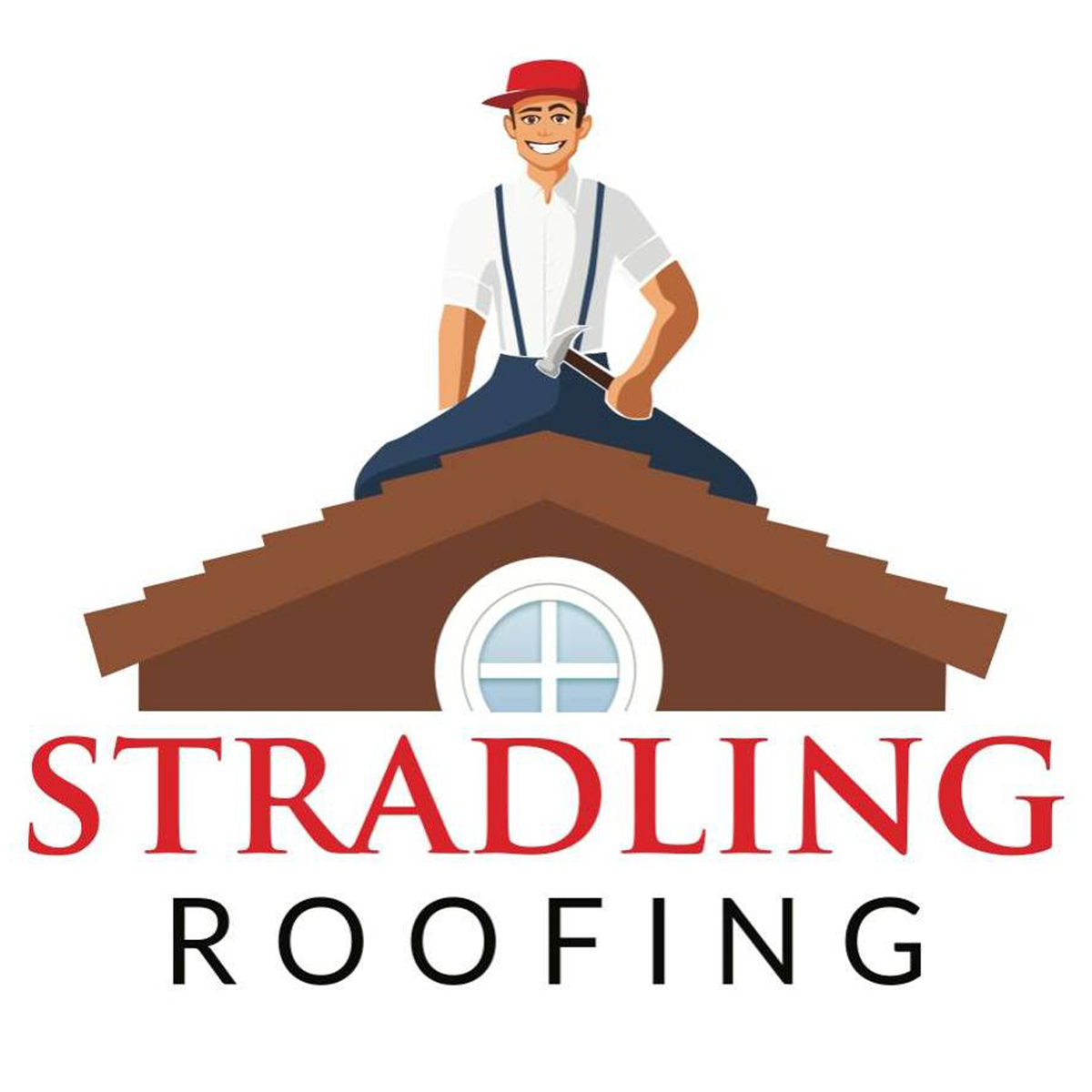How to Know When a Tile Roof Should be Replaced
It’s challenging to know when a roof needs maintenance or changing since it isn’t something you examine every day. With a lot to think about, it’s easy to forget – but not doing so could cause problems in the future.
Occasionally, its recommended to examine your roof a minimum of two times a year to check for damages. This way, you can make necessary repairs or get the roof replaced.
Finding cracks early doesn’t just save you stress but also money in the long-run. Below, we have rounded up nine early warning signs that indicate your tile roof could need repair.
Water Damaged Roof
Signs of water damage can be confusing sometimes. But, if you find some damp patches on the ceilings of your room, for example, you may think you were suffering from damp. Watermarks and mildew can also come from water coming in from the window when it last rained – but don’t be so sure.
Although your assumptions may be correct, these signs can also mean that you need a roof replacement, or at least make roofing repairs.
Mold and Moss Growth on the Tiles
Another thing to check is moss and mold. If moss and mildew grow on your roof, the tiles could give way and let in water. Check your roof for signs of rot, moss, or mold.
Once found, clear it in no time. If you delay, fungi and bacteria could cause further water decay, and you might need a total roof replacement.
Light Coming Through Your Roof
Make out time to do this. Turn off the lights in your upper rooms and look up at the ceiling. Do this at night when inside will be dark enough for you to see any visible light penetration. You will know you have cracks and holes in your roof when you visit any incoming light.
You can also contact our experts at Stradling Roofing for a roof health check.
Roof Sagging
Usually, the rooftop should go along a straight line on the ridge. If there is a sag, it is a sign of structural damage and might collapse if not managed early. This is common in countries experiencing winter with too much weight of snow and ice. Other reasons are faulty roofing materials and improper installations.
Therefore, it’s essential to clear your roof of snow and debris and ensure that your roofing materials are of good quality and installed correctly.
Damaged Flashing
Flashing is that material placed around objects like your chimney and roof vents. Flashing prevents water movement into your roof by averting the water away from seams where water runoff is more significant. It is made of thin pieces of impenetrable materials; aluminum and galvanized steel are the most popular.
Flashing may be damaged due to the deterioration of its caulking material by weather and oxidation. It can also be threatened by what we call loose flashing. This causes water to seep through walls and ceilings, resulting in extensive damage such as mold growth and rotten wood.
Attic Leaks
You should inspect your roof if you find water inside your attic. Dark streaks are a good sign; there is water penetration. You may notice flat surfaces blistering, hear sounds of dripping water within the wall, or discover circular stains on your walls or ceiling.
All these reveal water is already in your attic and seeping through the roof. Attic leaks are commonly caused by broken seals or missing tiles at the base of your flashing.
Aging Roofs
Although several materials can be used in roof building, the most common are tiles and shingles. These types of roofing can stand the test of time and withstand the harsh weather in various regions.
How long your roof lasts is determined by the materials used, how it was built, and how you maintain it. Also, if your roof is made up of multiple layers of shingles and has been around for two decades or more, you might want to have it entirely replaced.
Furthermore, roofs and roof coatings are exposed to many weather extremes, and if your roof is 15 years or older, roof experts agree it is ripe for a check.
Ridges
As stated by the National Roofing Contractors Association, ridges are the “highest point of the roof, represented by a horizontal line where two roof areas intersect, running the length of the area.” Ridges have a cap that prevents water from seeping through the roof. Ridges are also used for roof aesthetics accentuating the building’s architectural design.
They are at the highest point of your house and, therefore, usually need more attention than even the rest of the roof. Damage to the mortar can affect the ridge. If you find out the ridge is in a poor state, check the whole roof and repair other damages.
Roof Pieces in the Gutter
Roof shingles are kept fully functional because of an overlapping tile roofing system secured by sealants that act like glue. If you notice tiles or vast amounts of granular material on the floor or in your gutters, your roof might be sending you a message.
Tiles should last for years, but these tiles tend to get exposed to constant and extreme changes in the atmosphere, which most likely cause sealants losing their strength that eventually will cause tiles to weaken, crack and chip off parts.
It is essential to check your roof if the weather permits. If not, when you notice these pieces on the floor or in the gutter, call your roof repairman before those chipped off pieces hurt someone.
Schedule a Free Inspection
[hubspot type=form portal=7282394 id=8df77a88-b347-48e4-a8da-6468b0e70881]



